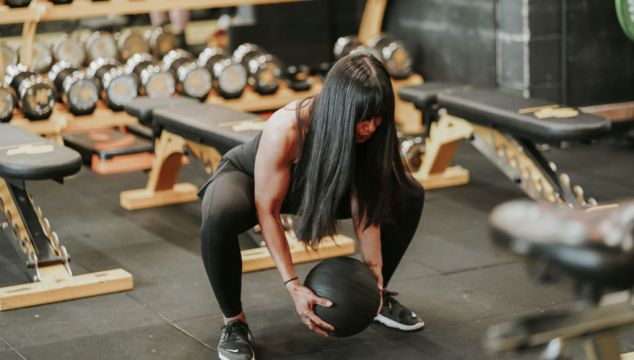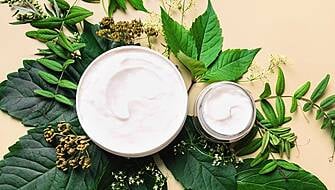We’ve all been there. After a hot, sweaty run or serious workout, you can’t wait to strip off your gym kit and throw it straight in the wash.
But what if you’ve done a power walk in the park without really perspiring too much? Or that yoga class was all stretching and breathing, without any sticky glow?
Your feel-good endorphins are high, your spandex isn’t stinky, and you’re looking to save a few pennies on your laundry bill… do you really need to wash all workout wear every time you use it?
We talked to some experts…
So, how often should you wash your workout gear?
Research by sustainable activewear brand BAM (bambooclothing.co.uk) found most exercising Brits are washing their workout gear after every wear, regardless of whether it smells or not. Not only could this be unnecessary, it could potentially age garments more quickly.

“It’s better for your activewear to wash it as infrequently as you can handle,” says fabric expert Deborah Shulton. “With too much washing, you’re more likely to see fabrics pilling (the little bobbles that appear on a fabric surface), becoming misshapen, or losing elasticity, which are all pretty important when you’re moving about a lot and want to feel comfortable.”
Shulton says colour-fading can also occur with too much washing. “And of course, it uses a lot of water and electricity, which is bad for the planet and your pocket,” she notes.
As for how often fitness gear needs to be washed, it might not be one-size-fits-all. Common sense and a sniff-test might be a handy guide – but don’t automatically assume it needs to be washed every time.
“It also depends on the workout fabric you choose to wear,” says Shulton. “We recently carried out some tests for BAM, which saw a personal trainer put several of their customers through different intensity levels of exercise, while wearing different fabrics.
“With one fabric (bamboo viscose), 80% of the testers were confident to go three wears before washing their workout clothing.”

On the other hand, she says you don’t want a build-up of body odour in your clothes by wearing them when they already smell – and certain fabrics are more likely to smell than others after just one workout. “So if they do start to pong, pop them in the wash,” Shulton adds.
What are the best fabrics for workout wear?
“Choosing a favourite fabric is such a personal thing and depends a lot on what type of activity you’re doing,” says Shulton.
“But you’re probably going to want something that feels comfortable against the skin, is breathable, and either absorbs moisture or wicks it away from the skin.”
Workout clothing that’s designed to help with moisture isn’t just about comfort either – this may be a factor in how many wears you can get out of it before washing, too.
“Because it’s the bacteria, which is naturally present on our skin, that makes us pong when it comes into contact with the moisture in our sweat, the ideal fabrics for workout gear need to absorb the moisture and transport it away from the skin,” explains Shulton.

Depending on the type of activity you’re doing, you may want to think about other things, such as the structure, thickness and firmness of the fabric, for example. Shulton says a big factor to consider is the modulus (how easy it is to stretch).
To tell the modulus of a fabric, pull it in both length and width directions – the harder it is to stretch, the higher the modulus and the more supportive/compressive it will feel while wearing.
“The easier it is to stretch, the more freely you can move,” says Shulton. “A higher modulus is ideal for running or lifting weights, whereas a lower modulus is perfect for yoga or Pilates.”
What if your workout gear still smells after washing?
“Try soaking them in a mix of a 250ml of vinegar and two litres of water for an hour before washing; the vinegar can help to neutralise smells,” suggests Shulton.

“Alternatively, you can add 250ml of white vinegar directly into your washing machine drum just before you switch it on. It’s important to use white vinegar, as it’s colourless and so shouldn’t stain your clothes,” she adds.
Shulton says she wouldn’t recommend trying to mask odour with fabric conditioner, as it can reduce an item’s breathability, and could be part of the problem in the first place.
“Because a damp fabric is an ideal environment for odour-causing bacteria to grow, it’s really important after wearing to allow your workout gear to dry before throwing it into a washing basket, or storing it in your gym bag or drawers,” says Shulton. “This can help to avoid your gym gear building up a bad odour.”







